Art consultants are not credited as often as interior designers or architects, yet they are a vital component of defining the appeal of leading hotels. We speak to Judith Tatar, founder of Tatar Art Projects, about the invaluable role her company provides to clients from Waldorf Astoria to Rosewood.
If you’ve stayed at the Conrad Los Angeles recently, your eyes would certainly have been drawn to the extraordinary resin artworks – or perhaps to the saturated-yellow rope sculptures or the ceramic wall art. These works create an aesthetic thread that’s woven throughout the hotel, framing the narrative and creating a bond with all who pass through. But who curates them and where do they come from?
Enter the great unsung hero of the design world – the art consultant. And one of the most accomplished is Judith Tatar, founder of Tatar Art Projects. When leading hotels from the Park Hyatt to the Waldorf need to translate the heritage of a location into a compelling and cohesive visual language, Judith Tatar is the person they call.
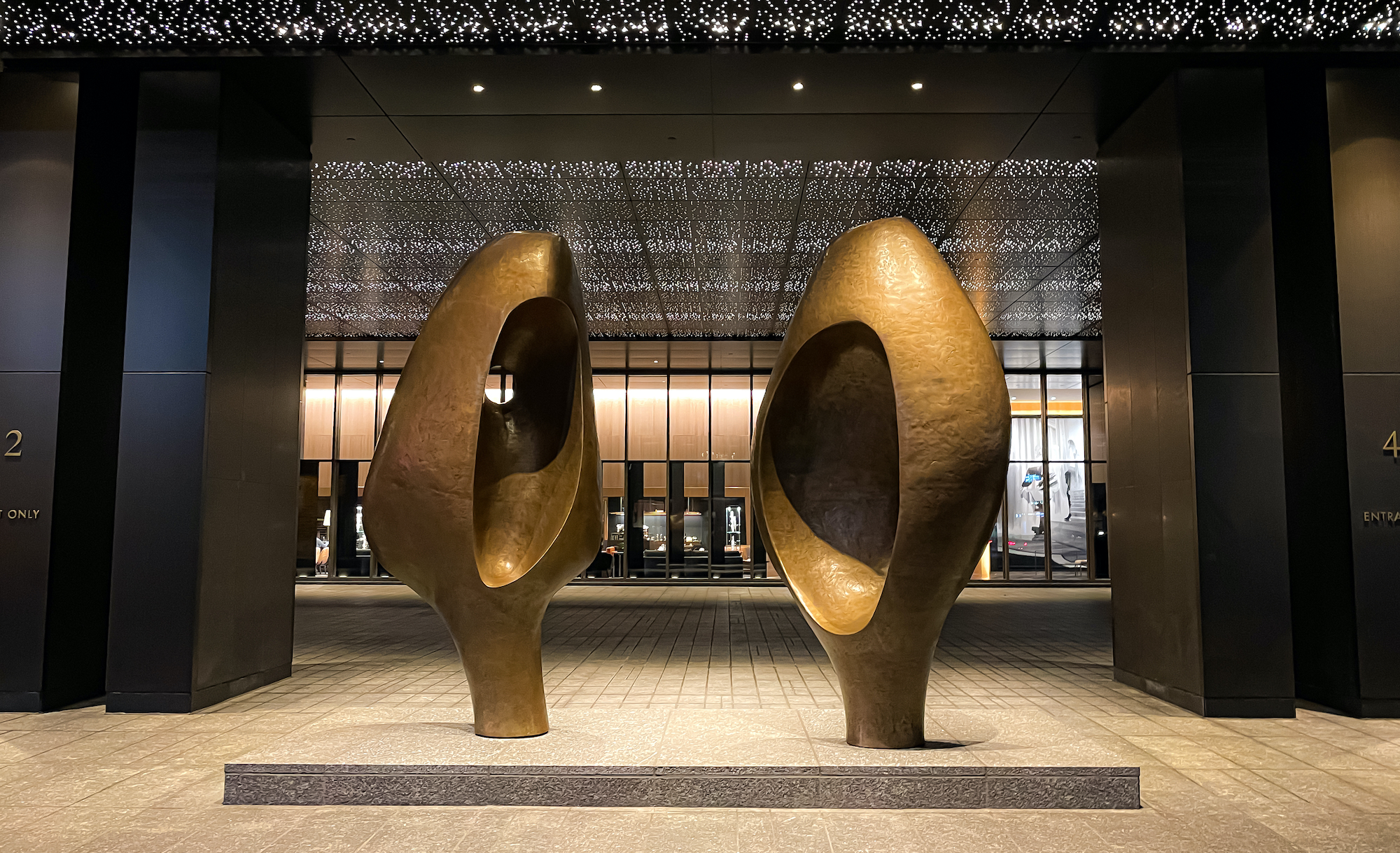
Tatar describes the role, which requires an intuitive grasp of aesthetic narrative alongside prodigious negotiating skills, as “part orchestra leader and part diplomat.” She adds further attributes: “Part cypher – interpreting cultural nuances; having a visual acuity, like a mind with the ability to see objects in space; scale; and obviously, being nimble.”
I listen to my intuition: if something doesn’t feel right, we’re not getting the story.
Judith Tatar
In particular, the art consultant needs to define an aesthetic and distil it into a visual language that fuses a brand’s interior design within the limitations of the owner’s budget – while constantly assessing the feel and balance of the results. “If the strings aren’t sounding right, or the brass comes in too early, I can hear it,” she says. “I’ve been doing this for 30 years, so I listen to my intuition: if something doesn’t feel right, we’re not getting the story.”
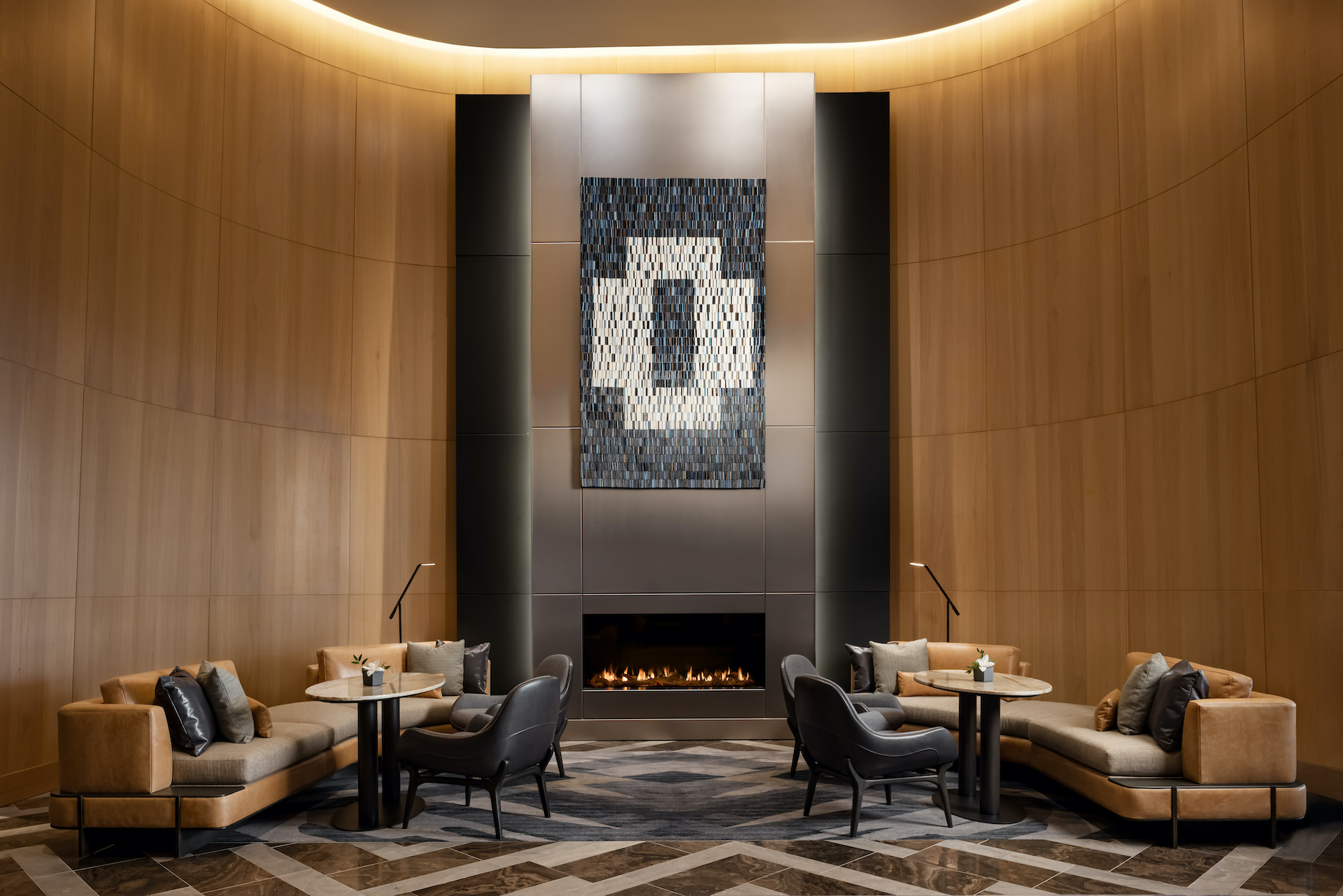
It helps that Tatar has a deep hinterland to draw on. “I started out as a contemporary art dealer,” she says. “I had a gallery for 15 years and travelled the world participating in art fairs and biennales, absorbing the culture, the other galleries and participants, building a network of artists.”
While this phase of Tatar’s career was successful, it also became exhausting. “I had to nurture disparate talents who all need the same amount of attention. I’m also a free spirit and dislike being tethered to my desk. There followed something of an existential crisis – a talent for art and all that accrued experience, yet the instinctive feeling that it was time for a change.”
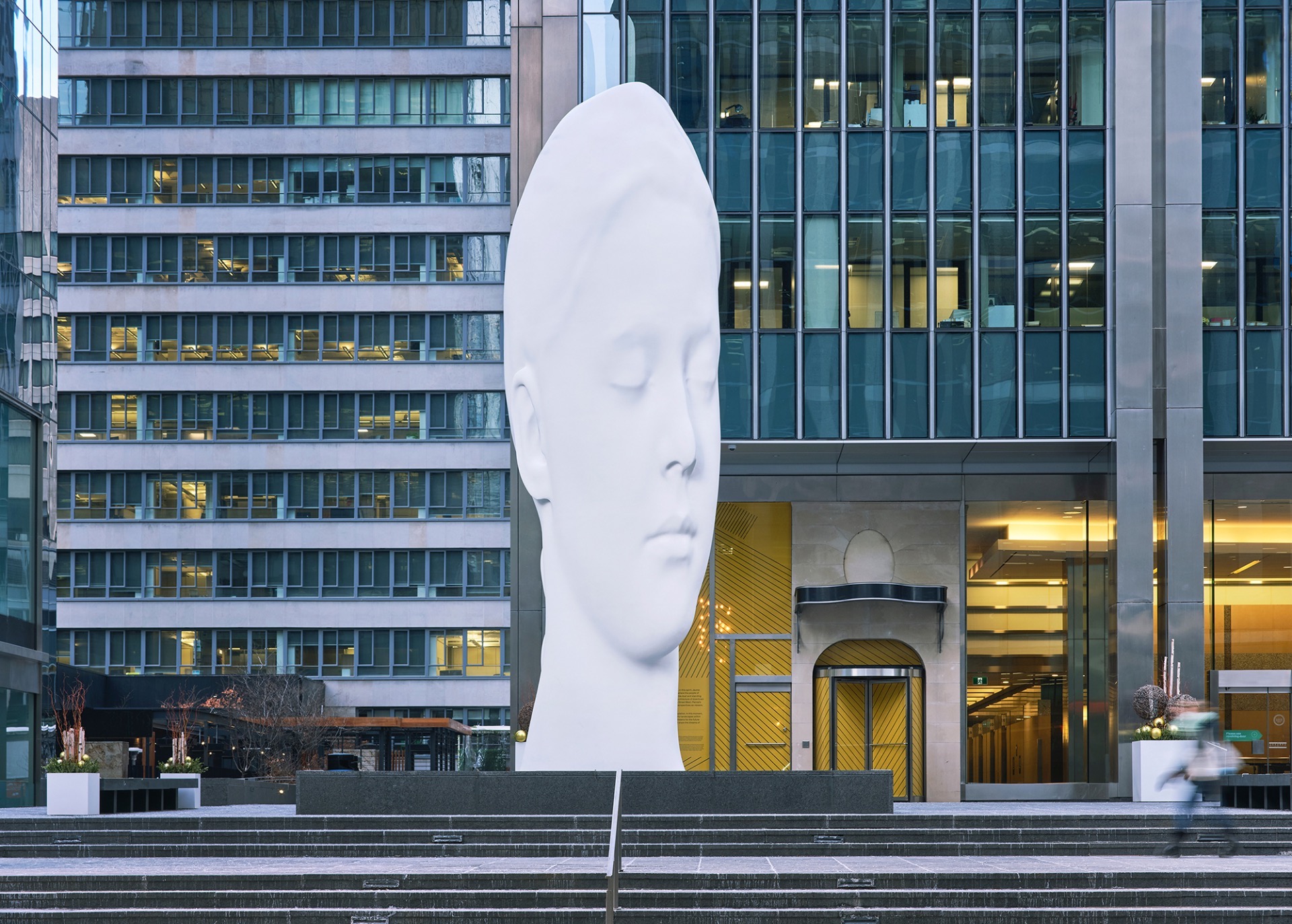
After a period of reflection, Tatar arrived at the realisation that she had exactly the right blend of skills, experience, interests and attributes for art consultancy. “I found that it folded in all my love for art and design, together with art curation and travel. And it involves working with landscape architects and architecture, integrating artists into the architecture or within the landscape.”
The result was Tatar Art Projects. And while the firm covers all aspects of art consultancy including public art projects, corporate headquarters (Deloitte is a client), and private residences, a primary focus from the beginning was on major hotel projects. Luxury hotels require a skill set optimised to deal with long time-frames and multifaceted challenges, but they also have scale and global scope.
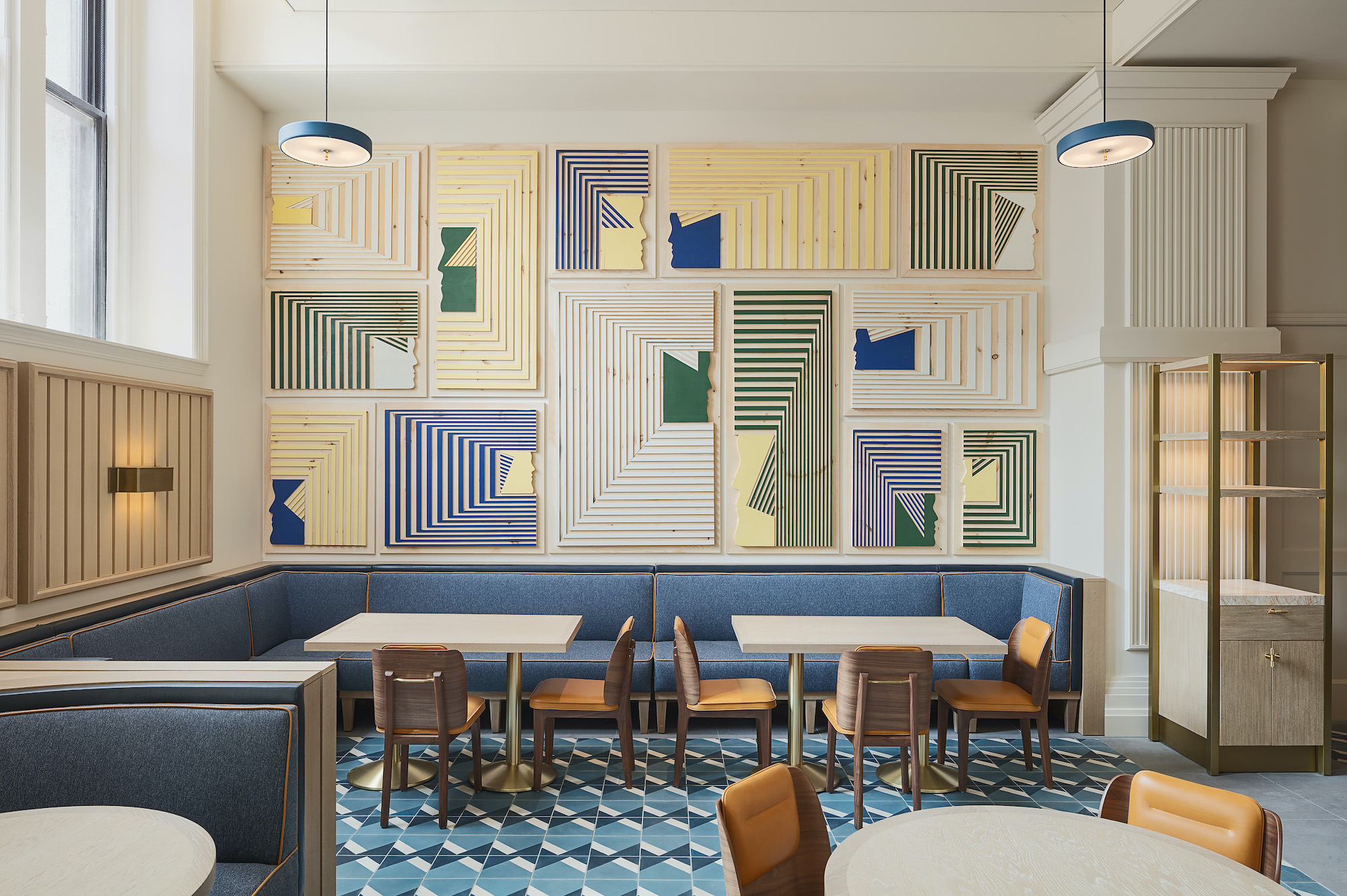
Since then, the Los Angeles-based Canadian has built a substantial team across several countries and an enviable portfolio of clients. At any given time, Tatar Art Projects is handling 20 to 30 projects, from initial requests to final installs.
One such project was the Toronto Park Hyatt, where Tatar’s team, working closely with the architect, integrated the artistic language into the fabric of the building to create a property that acted as a fusion of histories and cultures.
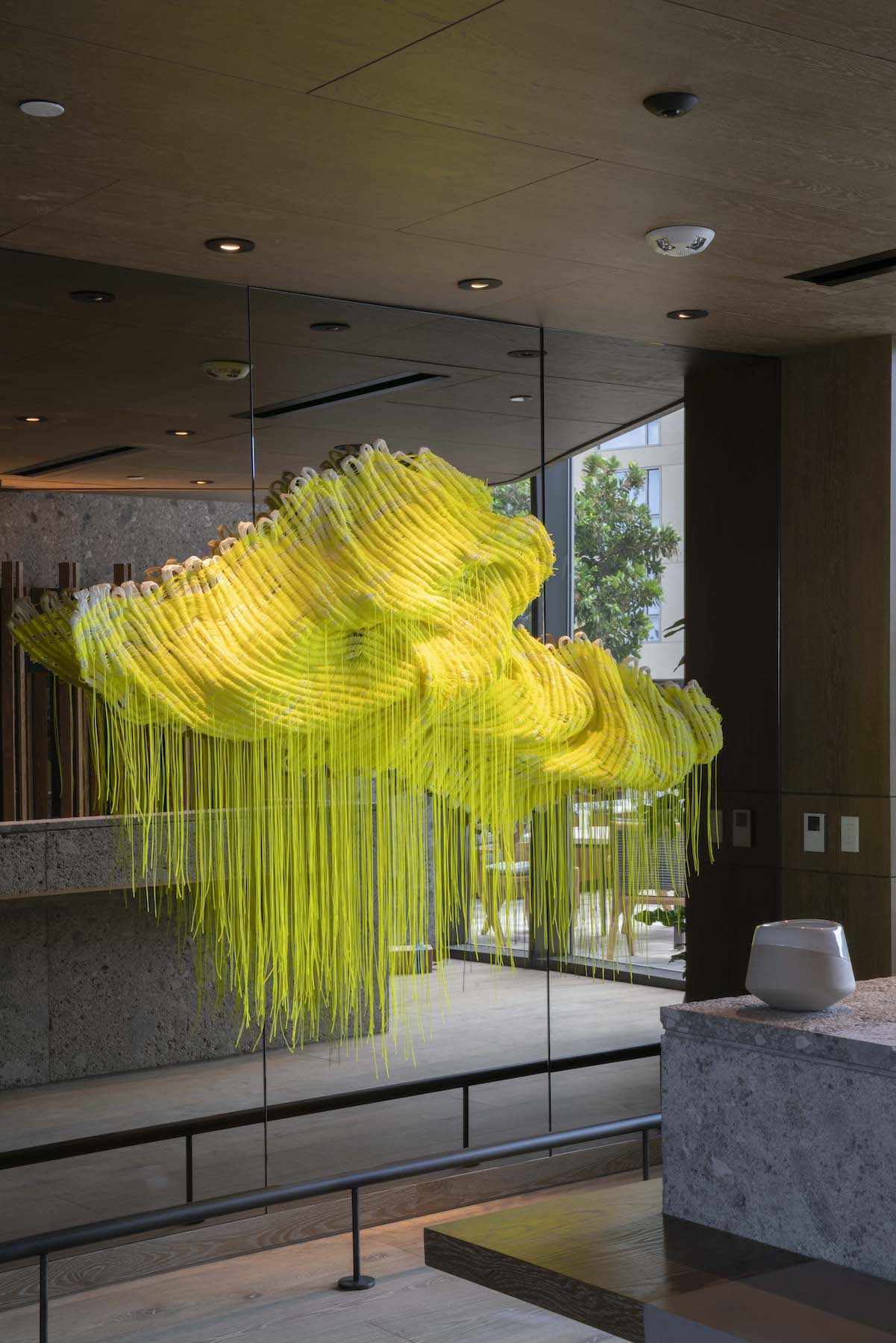
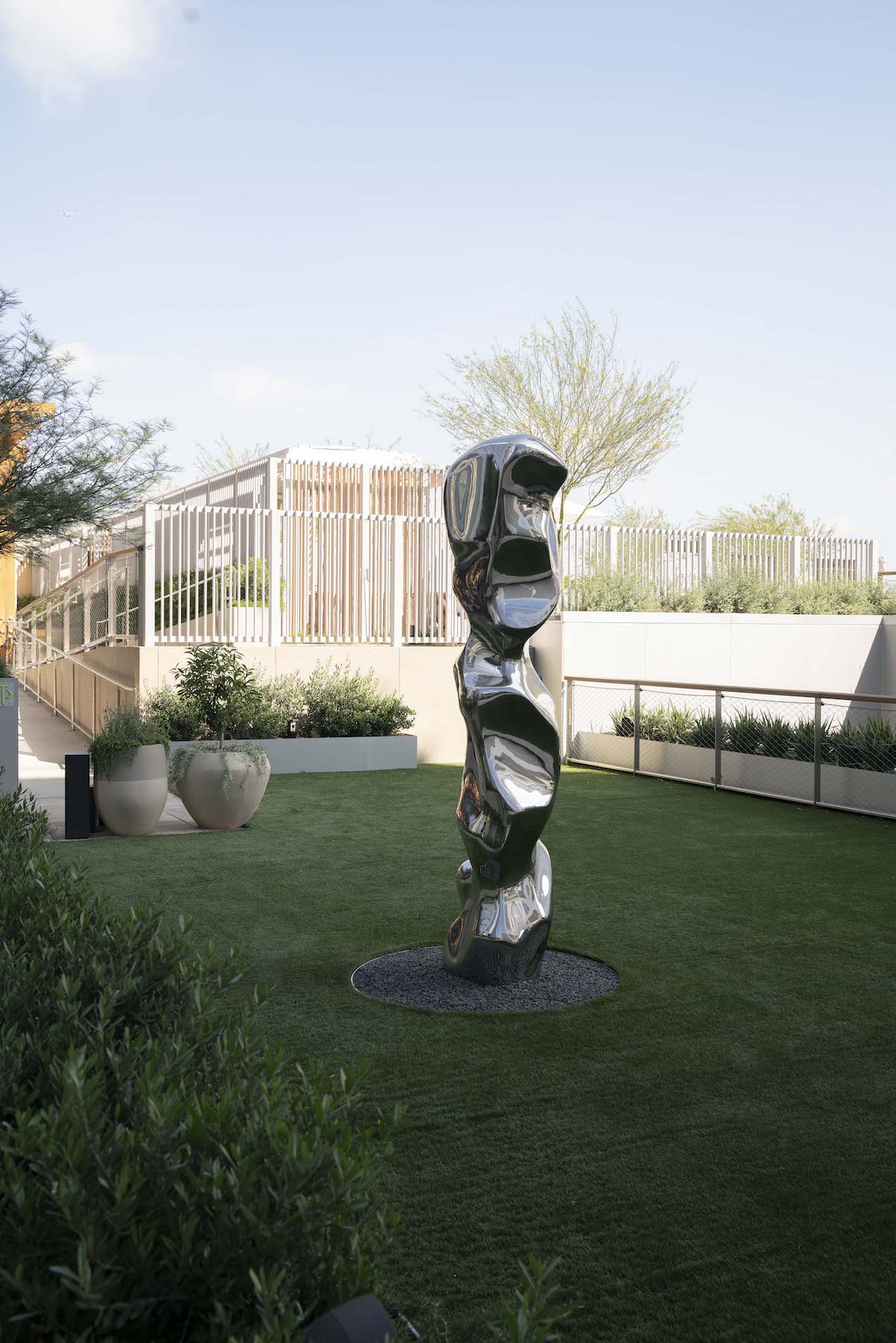
“The hotel integrates Modernist architecture with the rich history of the land, which is traditional territory of First Nations people,” explains Tatar. “This fusion is expressed in the art collection, through the pieces telling stories. There’s a major tapestry in the lobby that was created by a Berlin-based Canadian artist, but was woven on a loom in Belgium. That global span adds a layer to the complexity – it took about a year to make.”
This threading of local culture is also evident in the Writer’s Bar on the top floor, which pays homage to the Writers Room Union in the hotel’s neighbourhood – Toronto’s luxury shopping district, Yorkville. “The art reflects this,” says Tatar. “We commissioned Doug Copeland to do a whole series of book covers, and he created something specific with the writers who were part of that group, including Margaret Atwood.”
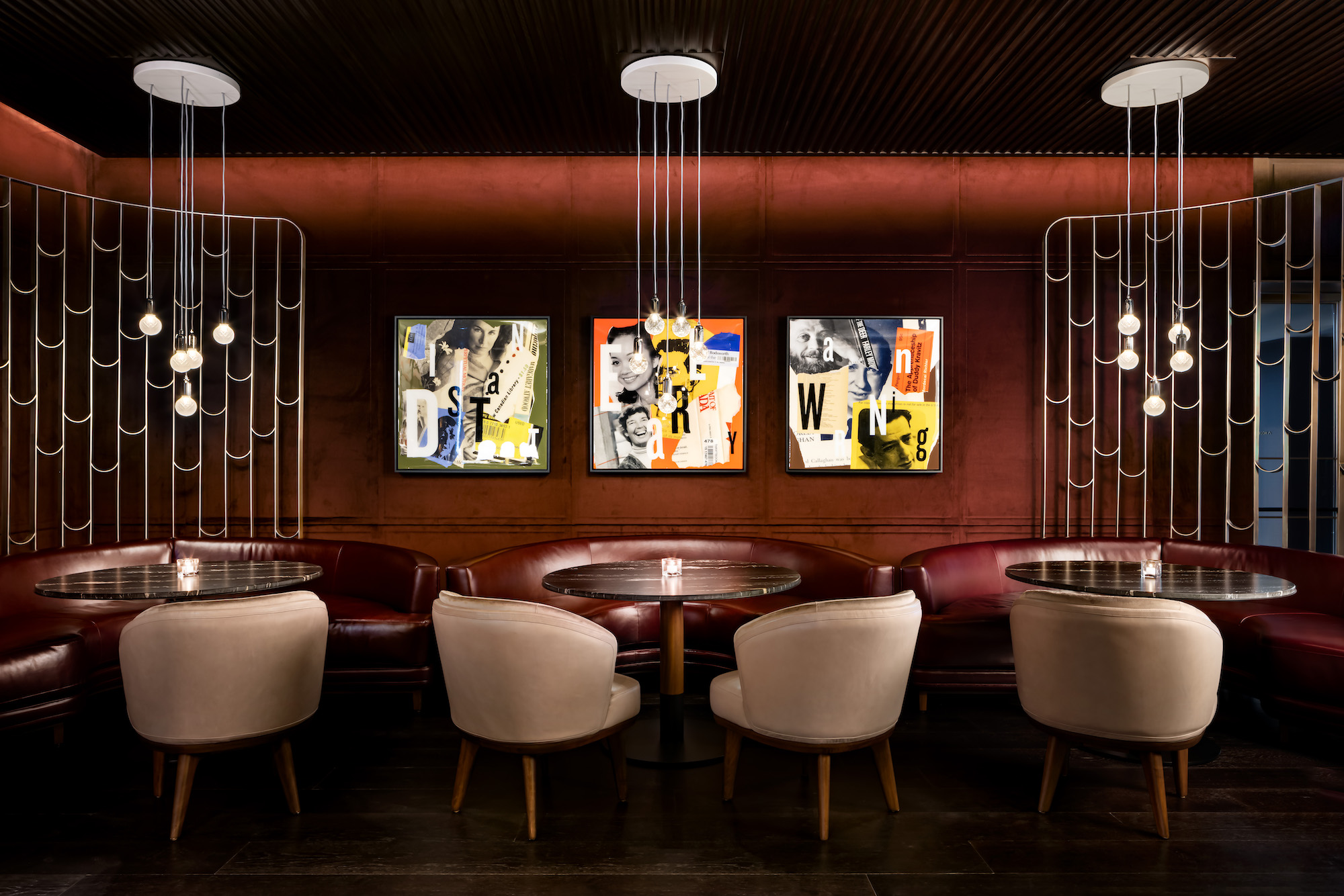
The landmark Conrad Los Angeles hotel is another prime example where Tatar Art Projects have employed art to manifest a sense of place. “We looked beyond Hollywood lore and fame, and spotlighted California’s seminal mid-century Light and Space movement, which started here in the 1960s and 70s. The movement used industrial materials in unconventional ways that were borrowed from aerospace innovation, the proximity of Oppenheimer, and declassified materials from World War Two, so resin became an integral part of art.” Throughout the hotel, the interplay between the artworks and the light is extraordinary.
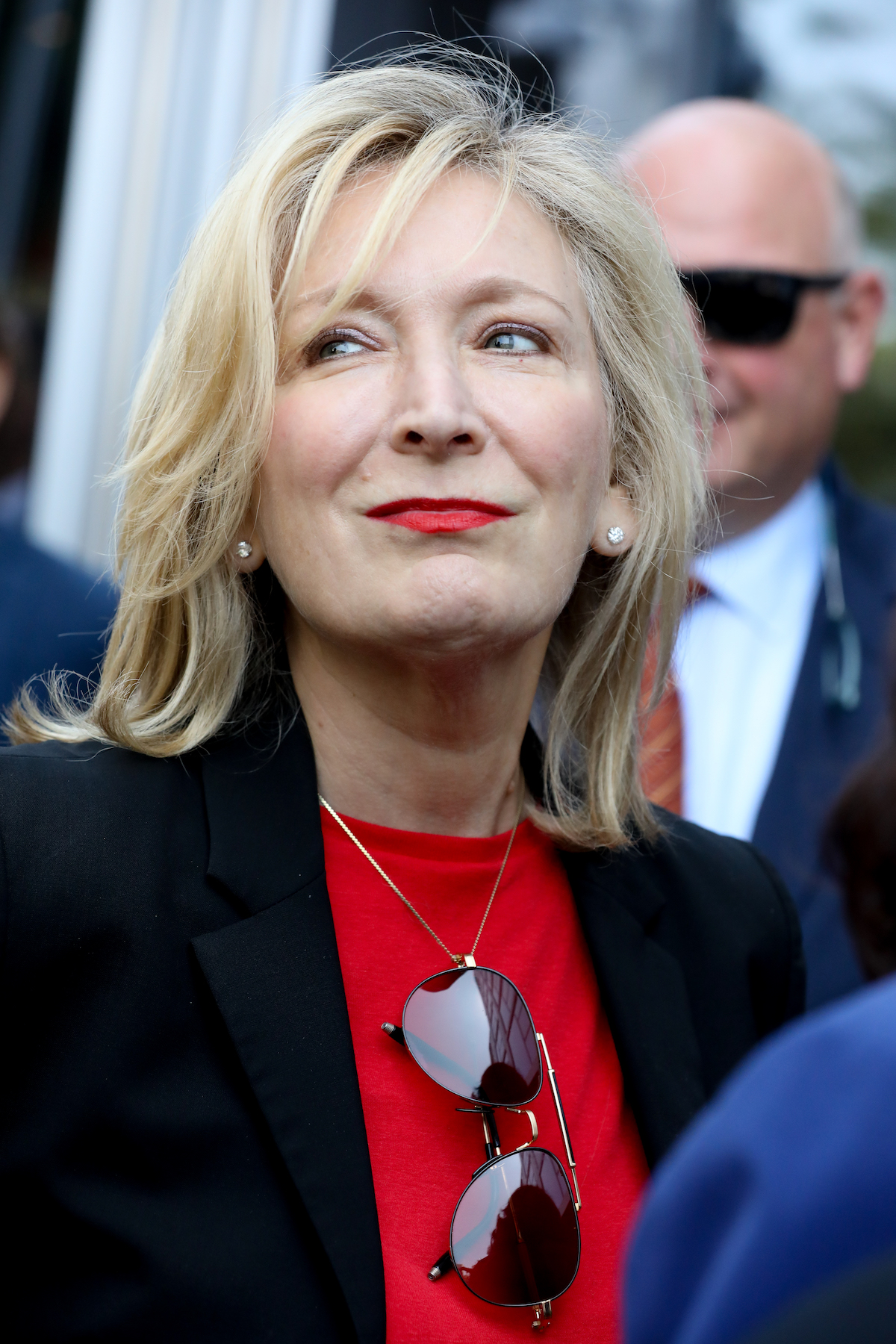
Further cementing the sense of place, the hotel’s entire art programme stems from local LA artists – though the research and expertise behind it was drawn from across the world. “It’s the global scaffolding that we use in all of our research for all of our hotel projects. But this one in particular feels intrinsically tied to the Southern California landscape,” says Tatar.
Both the Conrad and Park Hyatt exemplify Tatar’s guiding principle that “local is focal“. It’s an edict that underpins the lengthy and complex process that goes into each project – a process that seeks to establish the over-arching themes that will anchor projects that can take years to reach fruition. “We come up with a story. We ask: What is the narrative of that hotel? What is that ‘local is focal’? What is the history of that site? How can we build an art collection based on the brand, based on the interior design direction, and based on ownership’s budget?”
The Tatar team then begins the process with drawings, and they allocate their budget, balancing out how much to spend on each corridor, each suite and each room. “We try to have continuity between the first thing you see on the way to the elevator, through the public spaces, and right up to your room. That story should embrace you as you travel and circulate throughout the hotel spaces.”
Executing this takes disparate skills, a wide reservoir of talent, and considerable resources. “It’s really important to have a global network of artists and suppliers, sharp project-management skills, and tools to steer numerous stakeholders, artists, vendors, sites, pieces across various phases,” explains Tatar, going on to state that the attributes she looks for in that team are not restricted to knowledge about art. Indeed, she’s reluctant to hire anyone with an art degree. “It’s irrelevant to what we do,” she says. “I hire people who come from an architecture background, interior design, environmental graphics, and being fluent in AutoCAD and Adobe Suite so that we can speak the same language as the interior designer. Clients and owners don’t necessarily have the skill to visualise something. So, when we can render the work into a space, it helps sell the entirety of the art programme.”
We try to have continuity between the first thing you see on the way to the elevator, through the public spaces, and right up to your room. That story should embrace you as you travel and circulate throughout the hotel.
Judith Tatar
Throughout the conversation, Tatar goes to lengths to acknowledge that Tatar Art Projects is a team effort. “I can’t do this without my team; I really want to emphasise that. They are such an integral part of what we do and of our success. And they support that vision.”
The hospitality industry is a competitive one, and discerning guests’ expectations have never been higher. Some time ago, hotels realized that elevated interior design was a vital ingredient in appealing to their client base; and the savviest ones are now investing the same thought into their art programmes. So, while it’s baffling that art consultants are so often absent from the press releases surrounding new launches, it’s hard to believe that it will continue to be so – such is the effect that a well-thought-out and executed art programme can have on a hotel’s desirability. Tatar Art Projects are pioneers in the field, and they remain at the forefront.
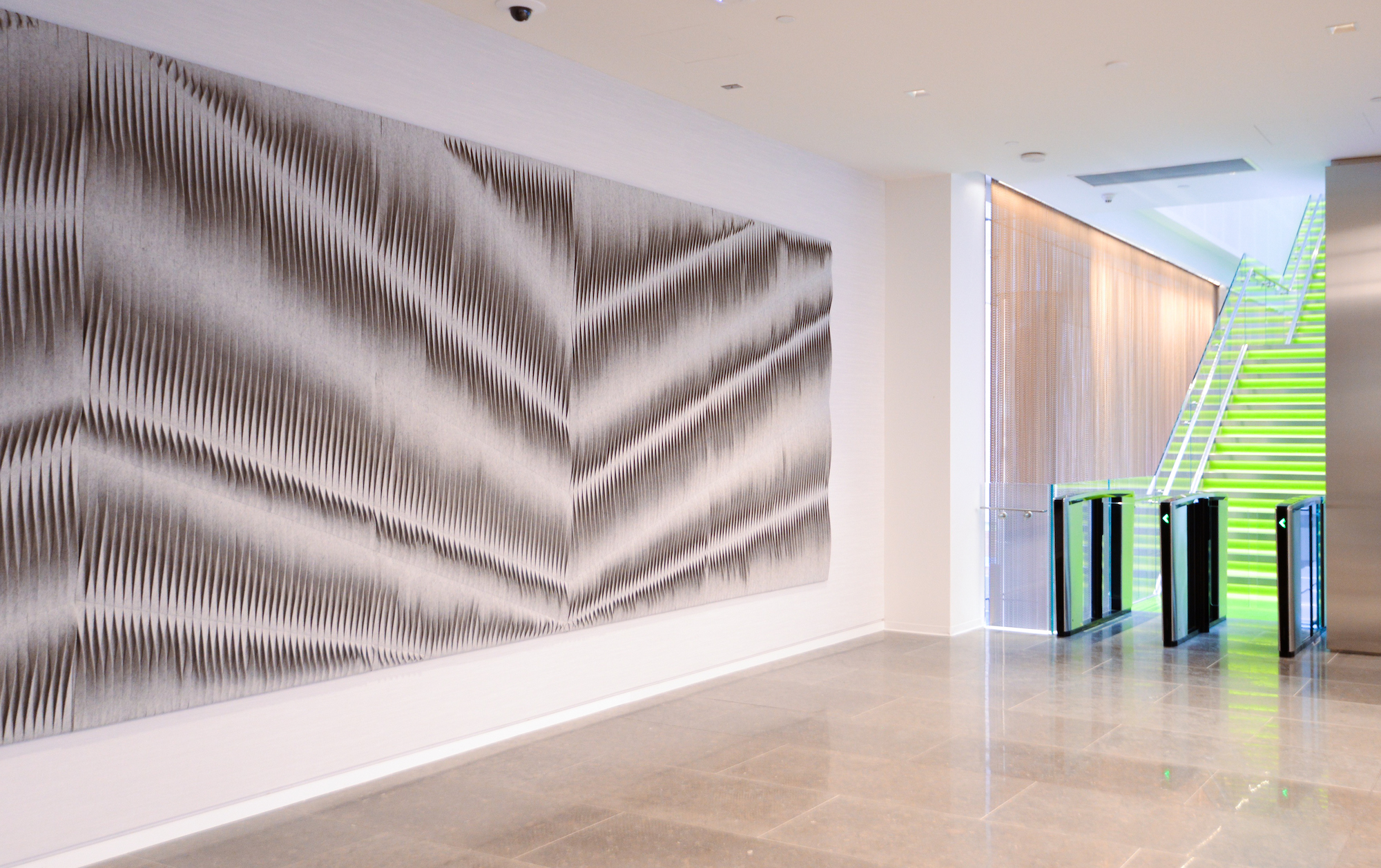
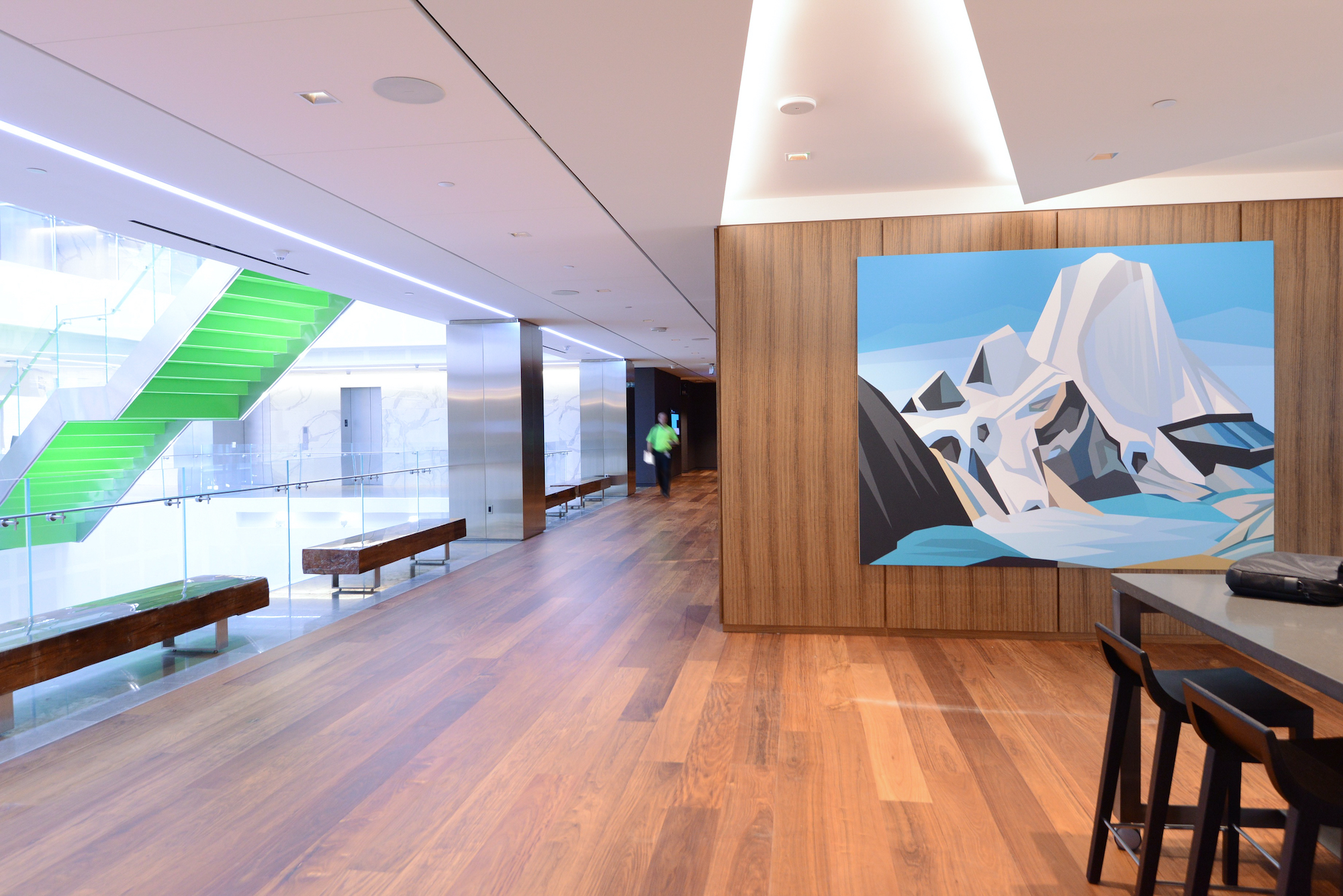
There are many reasons for this, from Tatar’s peerless visual acuity to her business savvy and abundant charm. But it’s also because Tatar is the consummate fixer and multitasker. Aesthetics might be the currency, but the mechanics of the job are just as likely to involve calculating the load-bearing support of an as-yet-unbuilt hotel ceiling required for suspending a three-ton sculpture.
Which is why it’s no surprise that with characteristic modesty, her business cards bear the simple moniker: “Judith Tatar, Problem Solver.”
Read more: Art | Interiors | Interior Design | Design | Hotels | Los Angeles | Canada



